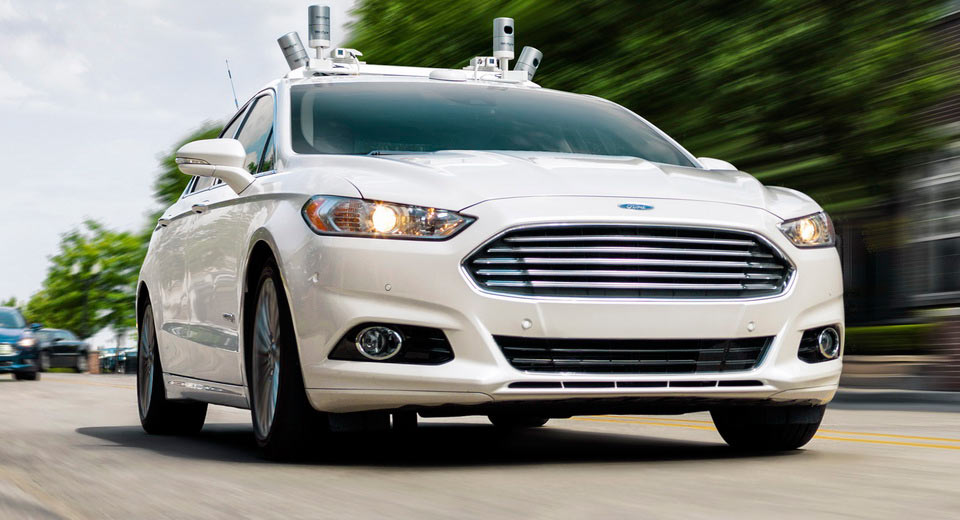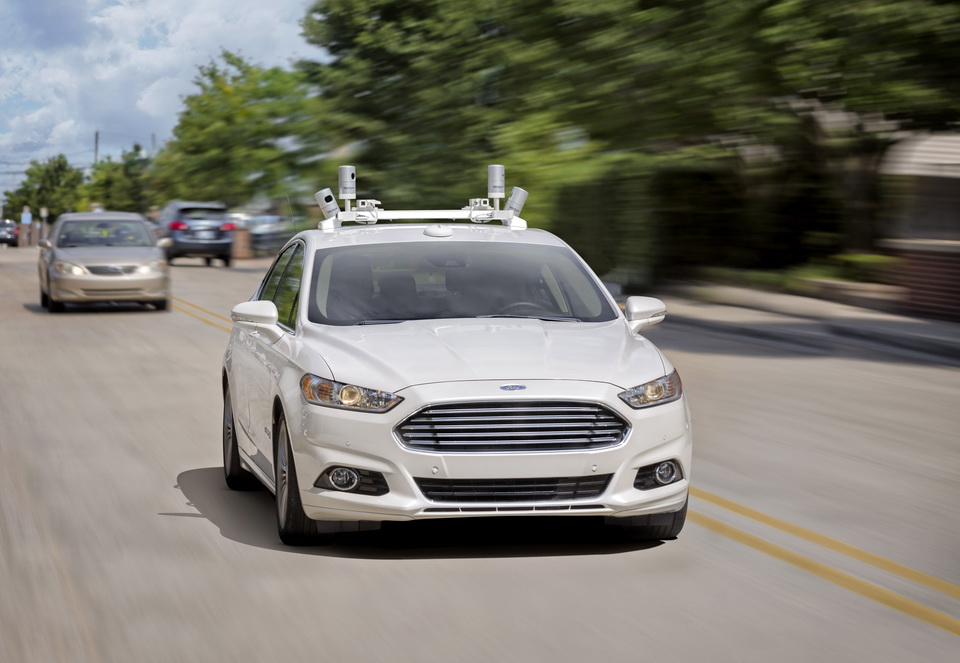Ford has doubled its Silicon Valley team and invested in and collaborated with four startups on autonomous vehicle development in order to put a high-volume self-driving car in commercial operations in the year 2021.
The goal is to have a level 4-rated car working in a ride-hailing or ride-sharing capacity, which basically means that it won’t have a steering wheel, gas or brake pedals.
“The next decade will be defined by automation of the automobile, and we see autonomous vehicles as having as significant an impact on society as Ford’s moving assembly line did 100 years ago,” said Mark Fields, Ford president & CEO. “We’re dedicated to putting on the road an autonomous vehicle that can improve safety and solve social and environmental challenges for millions of people – not just those who can afford luxury vehicles.”
In order to make this a reality, Ford is currently announcing four key investments and collaborations, meant to expand its strong research in advanced algorithms, 3D mapping, LiDAR and radar and camera sensors.
With that in mind, the American automaker has invested in both Velodyne and Civil Maps – one a Silicon Valley-based leader in light detection, while the other a California-based 3D mapping company. They’ve also acquired Israel-based computer vision and machine learning company SAIPS and entered an exclusive licensing agreement with Nirenberg Neuroscience – a machine vision company founded by neuroscientist Dr. Sheila Nirenberg who cracked the neural code the eye uses to transmit visual information to the brain.
Ford has also expended its Silicon Valley operations, adding two new buildings as well as extra work and lab space adjacent to the current Research and Innovation Center.
“Our presence in Silicon Valley has been integral to accelerating our learning and deliverables driving Ford Smart Mobility,” said Ken Washington, Ford VP of research and advanced engineering. “Our goal was to become a member of the community. Today, we are actively working with more than 40 startups, and have developed a strong collaboration with many incubators, allowing us to accelerate development of technologies and services.”








